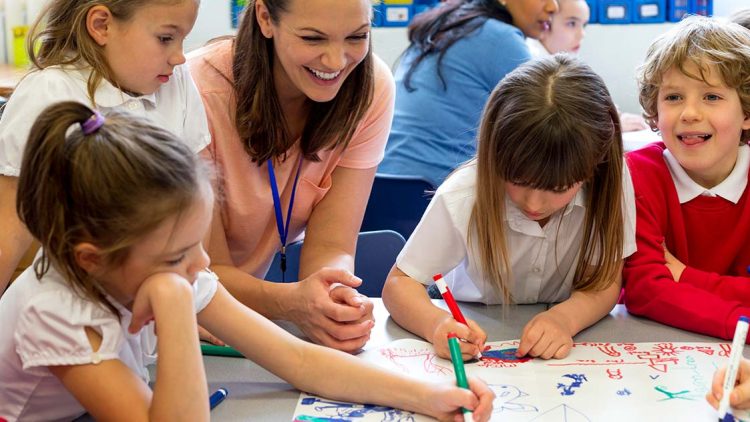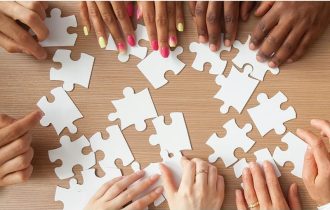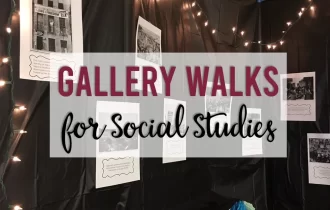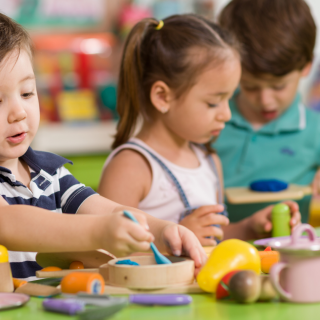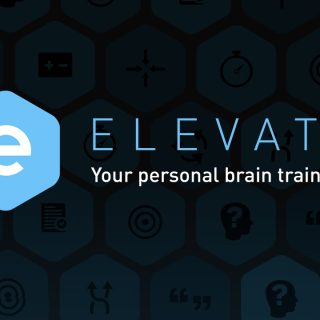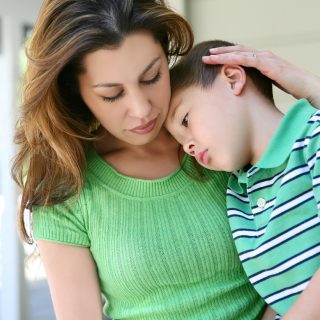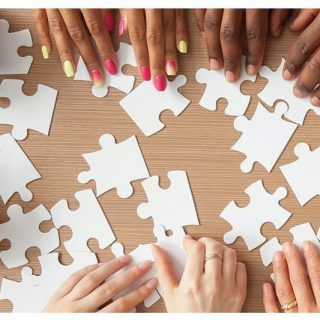Enhancing Learning Through Engaging Classroom Activities
Introduction
In the dynamic landscape of education, classroom activities serve as the heartbeat of interactive learning. These activities are not merely diversions from traditional teaching methods; they are powerful tools that engage students, foster critical thinking, and create a vibrant atmosphere conducive to learning. This extensive guide explores a myriad of strategies, techniques, and innovative approaches to classroom activities. From collaborative projects to interactive games, from experiential learning to technology integration, this comprehensive exploration aims to provide educators with a wealth of ideas to enhance student engagement, participation, and overall learning outcomes. By delving deep into the realm of classroom activities, this guide underscores their importance in creating dynamic and enriching educational experiences.
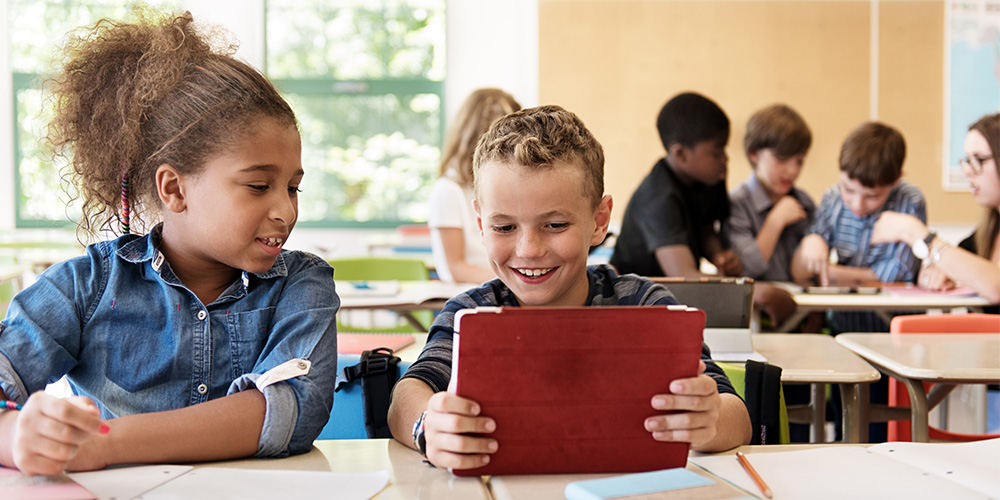
I. Understanding the Purpose of Classroom Activities
A. The Pedagogical Significance of Classroom Activities
Classroom activities are more than just a break from lectures; they are essential components of effective pedagogy. This section explores the pedagogical significance of classroom activities, discussing their role in reinforcing concepts, promoting active learning, and catering to diverse learning styles.
B. Building a Positive Classroom Environment
Engaging activities contribute significantly to the classroom atmosphere. This part discusses how well-designed activities foster a positive learning environment, encouraging collaboration, communication, and a sense of belonging among students.
II. Strategies for Designing Effective Classroom Activities
A. Understanding Student Needs and Interests
Student engagement begins with understanding students’ needs, interests, and backgrounds. This section explores strategies for gauging student interests, discussing how educators can tailor activities to match the students’ preferences, fostering a sense of relevance and connection.
B. Incorporating Multisensory Learning
Multisensory learning engages multiple senses, enhancing memory retention and understanding. This part delves into the integration of visual, auditory, and kinesthetic elements into classroom activities, discussing how multisensory approaches cater to diverse learning styles and promote deeper comprehension.
C. Differentiating Activities for Diverse Learners
Students in a classroom often have varying levels of proficiency and learning abilities. This segment examines strategies for differentiating activities, catering to the needs of both advanced learners and those who require additional support, ensuring that every student is appropriately challenged and supported.
D. Culturally Responsive Activities
Cultural responsiveness is crucial in today’s diverse classrooms. This section explores activities that celebrate cultural diversity, discussing how educators can incorporate multicultural perspectives, traditions, and histories into their lessons, promoting inclusivity and understanding among students.

III. Interactive Classroom Activities Across Subjects
A. Language Arts and Literature Activities
Language arts and literature activities are essential for developing language proficiency and critical thinking skills. This part explores activities such as book discussions, creative writing projects, and literary analysis exercises, discussing their role in enhancing reading comprehension and language expression.
B. Mathematics and STEM Activities
Mathematics and STEM (Science, Technology, Engineering, and Mathematics) activities promote logical reasoning and problem-solving skills. This segment examines hands-on math experiments, coding challenges, and collaborative STEM projects, discussing their impact on students’ mathematical understanding and scientific inquiry skills.
C. Social Studies and History Activities
Social studies and history activities provide opportunities for exploring the complexities of societies and cultures. This section explores activities such as historical simulations, debates, and interactive map projects, discussing how these activities foster critical thinking and historical empathy among students.
D. Science and Experiential Learning Activities
Science activities often involve experiments and hands-on experiences. This part delves into inquiry-based learning, laboratory experiments, and nature exploration activities, discussing how experiential learning enhances students’ scientific curiosity, observation skills, and understanding of natural phenomena.
IV. Technology Integration in Classroom Activities
A. Educational Apps and Gamified Learning
Educational apps and gamified learning platforms have transformed classroom dynamics. This section explores the integration of educational apps and games into lessons, discussing how gamification enhances student motivation, engagement, and collaborative learning experiences.
B. Interactive Whiteboards and Multimedia Presentations
Interactive whiteboards and multimedia presentations provide dynamic visual aids. This segment examines strategies for using interactive whiteboards and multimedia presentations effectively, discussing how these tools enhance content delivery, interactivity, and information retention among students.
C. Virtual Reality (VR) and Augmented Reality (AR) Experiences
Virtual Reality (VR) and Augmented Reality (AR) offer immersive learning experiences. This part explores VR and AR applications in education, discussing virtual field trips, interactive simulations, and augmented reality storytelling, discussing how these technologies create memorable and engaging learning experiences.
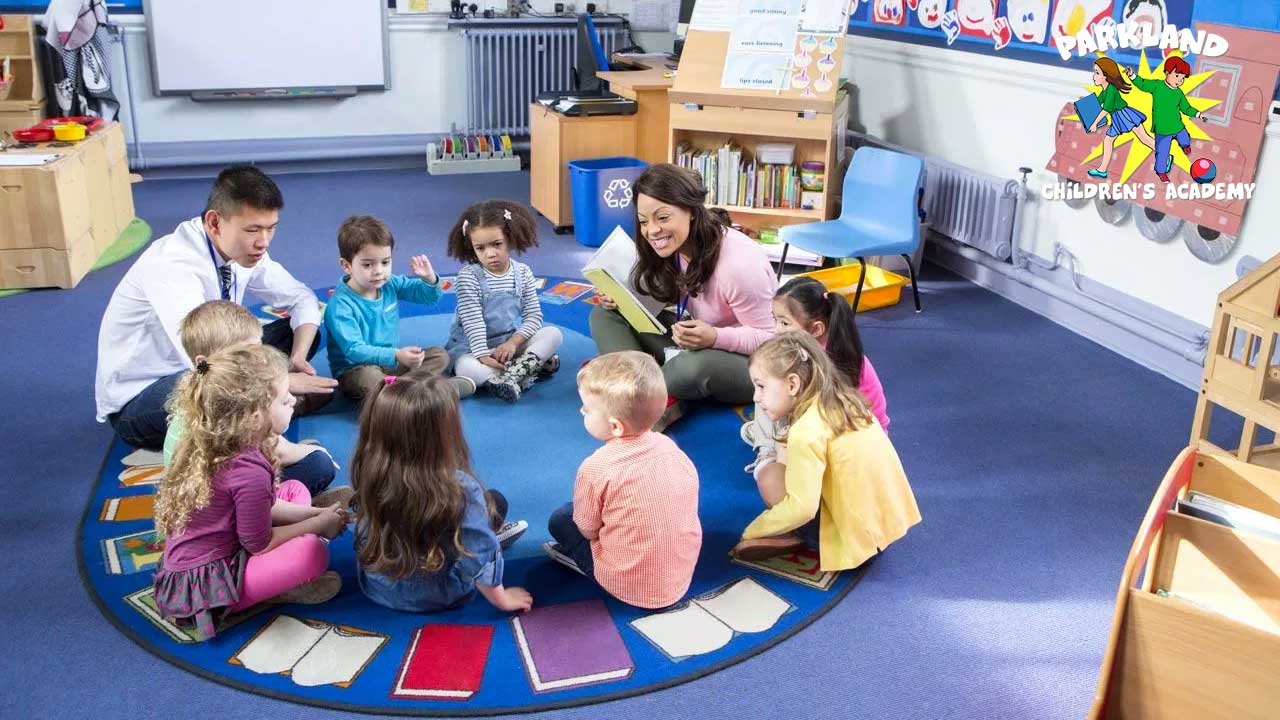
V. Assessing and Evaluating Classroom Activities
A. Formative Assessment Techniques
Formative assessments are crucial for gauging student understanding and adapting teaching strategies. This section explores formative assessment techniques such as quizzes, polls, and group discussions, discussing how these assessments provide valuable feedback for educators and promote active student participation.
B. Peer and Self-Assessment Strategies
Peer and self-assessment encourage students to reflect on their learning progress. This segment examines peer review activities, self-assessment checklists, and portfolio assessments, discussing how these strategies promote metacognition, collaboration, and a sense of ownership over one’s learning.
VI. Addressing Challenges and Overcoming Obstacles
A. Overcoming Student Engagement Challenges
Student engagement challenges can arise due to various factors. This section explores strategies for overcoming common engagement challenges, such as disinterest or distraction, discussing how educators can adapt activities to capture students’ attention and maintain their focus.
B. Managing Technology-Related Challenges
While technology integration offers numerous benefits, it also comes with challenges. This part discusses strategies for managing technology-related challenges, including technical issues and digital distractions, ensuring that technology enhances, rather than hinders, the learning experience.
C. Adapting Activities for Remote and Blended Learning Environments
In the era of remote and blended learning, adapting classroom activities is essential. This segment explores strategies for transitioning traditional activities into online or hybrid formats, discussing digital tools, virtual collaboration platforms, and asynchronous learning approaches that enhance engagement in remote settings.

VII. The Future of Classroom Activities
A. Artificial Intelligence and Personalized Learning
Artificial Intelligence (AI) has the potential to revolutionize personalized learning experiences. This section explores AI-driven adaptive learning platforms, discussing how these technologies analyze student performance data to provide personalized recommendations and activities, catering to individual learning needs and preferences.
B. Project-Based and Experiential Learning in Future Classrooms
Project-based and experiential learning are gaining prominence. This part examines the future of project-based learning, discussing interdisciplinary projects, real-world collaborations, and experiential learning opportunities that prepare students for the challenges and opportunities of the future workforce.
C. Sustainable and Global Citizenship Education
The future demands global awareness and sustainability education. This segment explores activities that promote sustainable practices, global citizenship, and social responsibility, discussing how educators can inspire students to become conscientious global citizens and advocates for positive change.
Conclusion
Classroom activities are not mere supplements to education; they are the heartbeats of vibrant and dynamic learning environments. By embracing a plethora of strategies, techniques, and innovative approaches, educators can transform classrooms into hubs of engagement, creativity, and exploration. Through student-centered activities, tailored to individual needs and interests, educators can nurture a lifelong love for learning, equipping students with the skills, knowledge, and curiosity necessary to thrive in the ever-evolving world. The future of education lies in the hands of innovative and dedicated educators who harness the power of engaging classroom activities, shaping not just informed individuals, but inspired lifelong learners, ready to navigate

